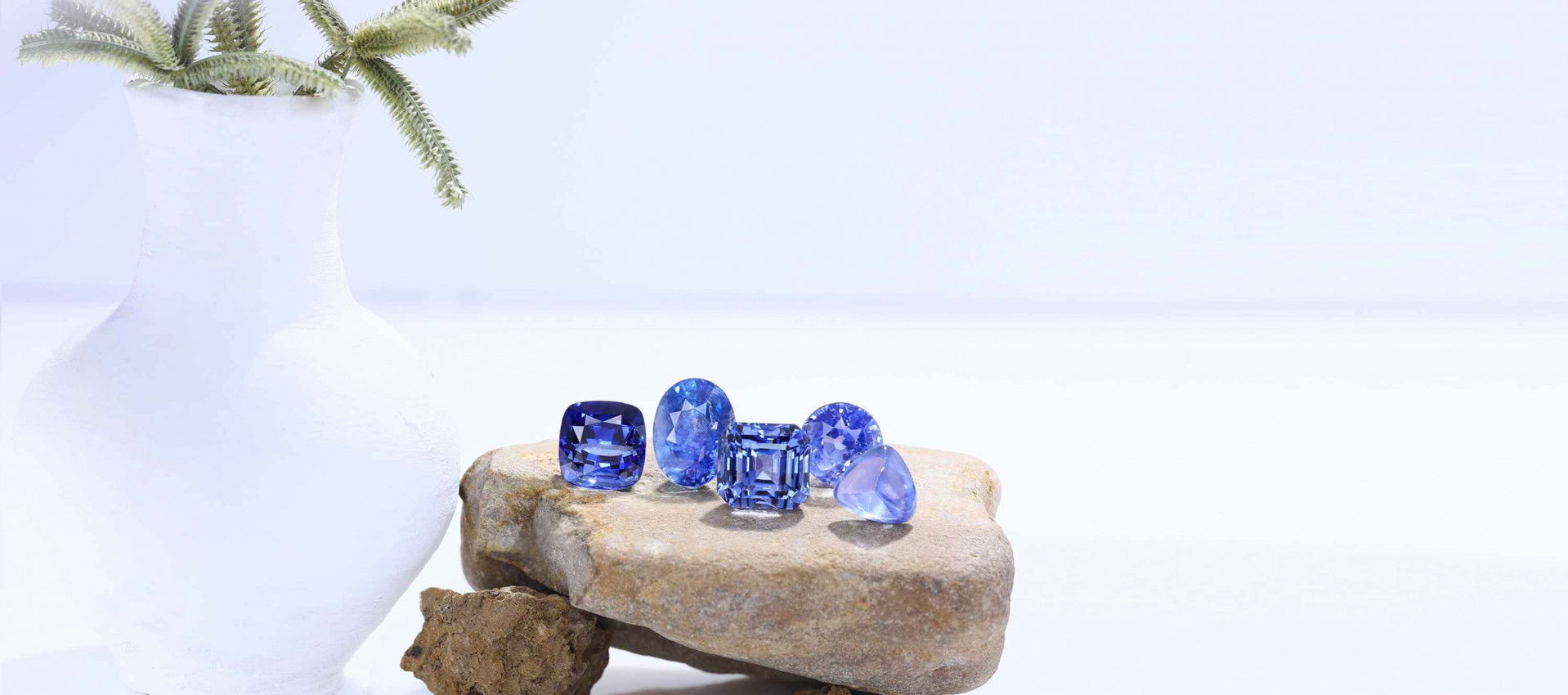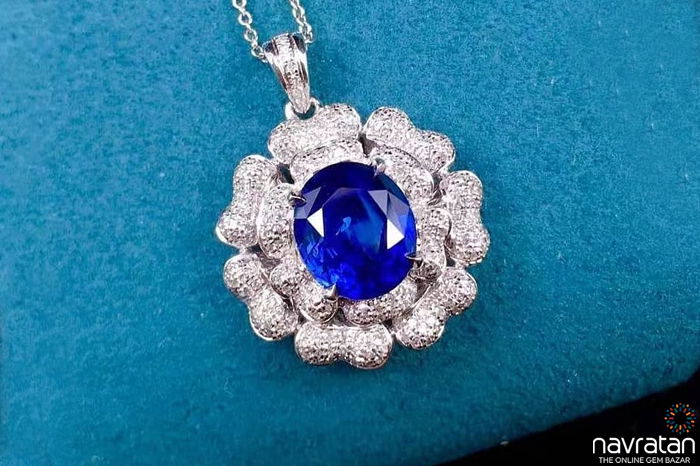Natural vs Treated Blue Sapphire: What to Look For
The stunning, deep blue of sapphires is a work of art in nature. But, not all gems are displayed exactly the way they were discovered. Knowing the distinction between a natural blue sapphire gemstone and one with enhancement is the primary aspect in determining its appearance and value. What should you be looking for and how will this decision affect the price of the blue sapphire gemstone?
The Truth About Treatments
The majority of sapphires in the market undergo some type of treatment in order to improve their clarity and color. This is a common industry procedure, but clarity is the most important factor.
- Heating Treatment Most commonly used and used method. It is used to enhance dark tones, lighten them, the color and increase clarity. This process is dependable and long-lasting. The sapphire that has been treated with heat is an original real blue sapphire However, their appearance is improved.
- Other treatments (e.g. diffusion, filling): These are more important. Techniques such as lattice diffusion can include elements on the surface that alter the color of the surface, whereas fracture filling involves injecting resin or glass into cracks to increase clarity. These techniques are less robust and should be disclosed permanently.
How Treatment Affects Value & Price
This is the place where this is where the cost of blue sapphire stone shows a significant difference. Other factors being equally (color clarity, color, carat cut) An untreated gemstone is always more valued.
- treated Sapphires Provide exceptional value and beauty. You can purchase a stunning clean, clear stone at less than the price of a similar stone that is not treated. For a premium heated sapphire expect a price of a blue sapphire to be between $800-$3,000 for a carat.
- untreated sapphires They are precious precious stones of nature that are appreciated for their purity and natural beauty. The price they command is indicative of their scarceness. A stone that is not treated and of the same quality could be 20 up to 50 percent more costly and can range between between $3,000 and $8,000plus for a carat.
A Buyer's Guide: What to Look For
- Ask directly: Always ask, "Has blue sapphire stone been treated?" A reliable dealer will be honest and honest.
- Demand Certificate: The only way to know for sure is by obtaining an official report from a major gemological laboratory such as one like the GIA (Gemological Institute of America) or AGL (American Gemological Laboratories). The report will specifically specify if a gem is "No indications of heat treatment" or "Heated."
- Be wary of prices That Look Too Good: An extremely low cost for a massive clear, vibrant, and perfect blue sapphire is the most significant warning sign. It is likely to indicate an unidentified procedure or synthetic stone.
- View in Various Lights: Certain treatments, such as filling fractures, may cause an obvious "flash effect" or an oily look under magnification or bright lighting.
The Bottom Insight
Neither type is necessarily "better"; it's an option between rarity and worth. A blue sapphire gemstone price heated by heat can be an amazing and a smart investment. However, if you are looking for an entirely natural gem that is a collector's item, an untreated stone is the most valuable prize. The best defense is knowing and a reputable report making sure you pay the right price for what you're buying.


